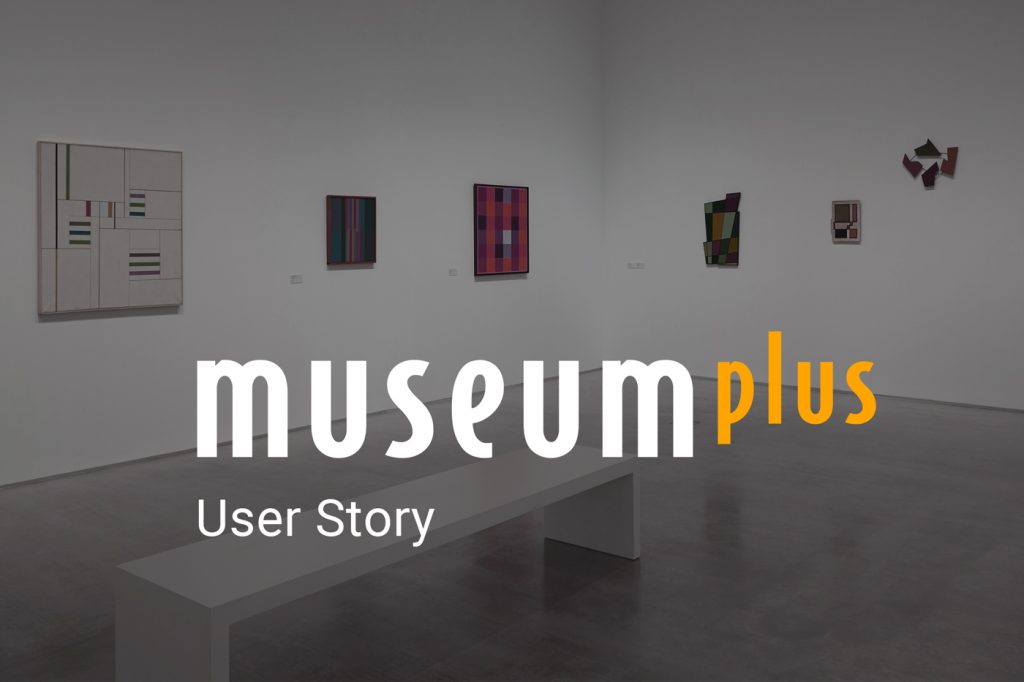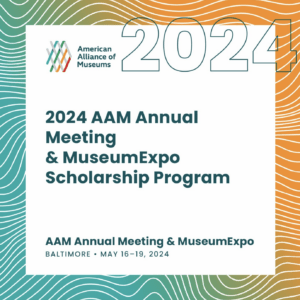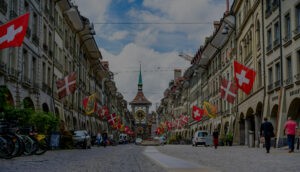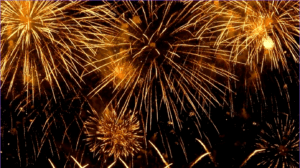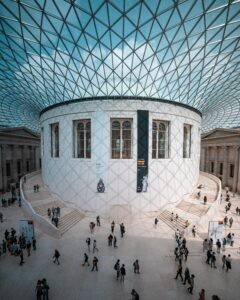The Colección Patricia Phelps de Cisneros is one of the world’s most renowned collections of art from Latin America. It has been using the collection management system MuseumPlus since 2019. Previously, the former software had to be replaced and all data in the collection had to be transferred without loss. We spoke with Skye Monson about the migration and how MuseumPlus is being used today.
Changing an existing collection management software (CMS) is a step that many museums and collections consider carefully. Many project managers fear the effort and risks that can arise when migrating data and functions from the old system to the new system. In the worst case, data and information could be lost. However, a successful migration provides users with more powerful software, broader functionality, and with all existing data safely transferred. The Colección Patricia Phelps de Cisneros (CPPC) shows how a migration can be carried out successfully.
zetcom integrated MuseumPlus for the Latin American art collection and successfully replaced the former legacy software. The organization has been working with MuseumPlus for more than a year now. Today, the zetcom CMS is the art collection’s central tool for professional collection management of its art objects. In this interview, Skye Monson, the CPPC’s Senior Collections Manager, speaks about the migration to MuseumPlus.
Skye, what is your role at the Colección Patricia Phelps de Cisneros (CPPC)?
I am the Senior Collections Manager. I also play the role as registrar, sometimes art handler, sometimes taking care of internal items like database, logistics, archiving. I do many things for the collection. I care for the artworks as they enter the collection, and as they go out on loan to museums and exhibitions around the world. I often travel with them as a courier to ensure safety and proper handling.
In this role, what are your touch points with the MuseumPlus software?
I have been working with MuseumPlus for more than a year now. I am basically using the software to keep track of all the artworks in the collection. I am updating information about their location, their exhibition history and their current status.
What does the CPPC focus on in its activity as an art collection?
The CPPC focuses on deepening the appreciation and recognition of Latin America’s contributions to the world of art and culture. We do this through exhibitions, loans, publications, and other initiatives, which are framed around its core collection, which is composed of five different areas of focus. The most well-known is the Modern art collection, which consists of works by Latin American artists of the twentieth century, particularly the major figures of Geometric Abstraction movements in countries such as Argentina, Brazil, Uruguay and Venezuela.
The other areas of the CPPC include contemporary art, works by traveler artists of the 17th and 19th centuries, and art and objects of the Spanish Colonial Era in Latin America. There is also the Orinoco Collection, a collection of ethnographic objects and documents from indigenous groups of the Amazonas and Orinoco River Basin. Together these five different focus areas in the collection represent over 500 years of material culture, and all of these objects are managed with MuseumPlus.
Where does your organization exhibit the objects of its collection?
This happens in two different ways. We have an active and long history of lending works to museums to participate in their temporary exhibitions. We also have worked many times over the past 20 years in collaboration with museums around the world to present entire exhibitions with only works from the Colección Patricia Phelps de Cisneros. For example, we organized a major exhibition of the Modern art collection with the Museo Reina Sofía in Madrid in 2013. The following year we did an exhibition at the Royal Academy of Arts in London. Since then, there have been many other exhibitions in Europe, and in South and North America.
What data is stored in the background of your collection?
There are thousands of objects in the collection, and each object has its own record. These records contain information about the physical object, its provenance, notes from the artists, curatorial notes, the object’s exhibition history, many different information regarding the artwork itself. This is the surface level of information in our database. The other level of our database is information about projects and exhibitions that we had over the years, contracts of loans and insurance values. Here the database for us is an important tool to keep track of this history, manage day to day activity, as well as to help us to develop future projects.
In order to manage this data, what are your requirements for collection management software?
I often receive requests from people like: “Could you send me a list of all artworks by female Brazilian artists in your collection who were living between 1930 and 1988?” I need to be able to do complex searches like that. The collection management software should support me in finding this information, while also allowing me to efficiently update locations, values, etc. Other staff within our organization should also be able to work with the software in an easy and intuitive way.
You have decided to work with MuseumPlus. What were your reasons?
We had been using another software before for many years. Here we had problems with performance, access, and user interface. We were not happy in using the software in our everyday work. So we started to look for other software solutions. Then we came in touch with the zetcom team. They came to us in New York and gave us a demo of MuseumPlus. We were able to test the software and to play around a little bit. We realized that MuseumPlus is a strong tool to manage complex information and to meet our requirements in storing data. In addition, MuseumPlus offers an intuitive workflow and user interface. The information looks clean, well-organized and modern. All this gave us a good feeling in working with the software.
What was important during the migration from the previous software to MuseumPlus?
That was an intense process. During the transition we had to make sure to transfer the old data base information into MuseumPlus without losing any information and without losing any functionality for our workflows. This transition happened alongside our daily work with the whole collection and its objects.
You were planning to change your software partner and to migrate your data to MuseumPlus. Then something unexpected happened.
We lost the cooperation with our previous software provider during that time. It was important for us to have their support in making the transition to the new system a smooth process, but instead we were left mid-transition with half of the picture. We had a complete export of the old database, but it was not in a human readable format.
You had a black box of information but no key to open it. What happened then?
The zetcom team was supporting us through the whole process. It was vital for us to have good communication. Their experience and understanding of data migration was really helpful to manage this and to make us feel comfortable with MuseumPlus. We had to migrate thousands of object records, as well as hundreds of loan records, exhibition history records, conservations records and more. The challenge was in the complexity of these data. The migration was not easy because we had to make sure that nothing was lost and we had to get the new system running as fast as possible to make it accessible for the continuing work in the organization.
With your experience today, what do you recommend to organizations migrating from one system to another?
Make sure that you have a very clear record of your existing data base. Your data needs to be in a usable format and as an export copy it should be readable for humans. You have to be able to compare the data in the old system with the same data migrated in the new system. This is the only way to ensure that no information is getting lost during the migration process.
Also make sure to find a new software partner that is supporting you through the whole process of the migration. They should understand the project from start to finish. Especially if you are not someone who works with programming, coding and data every day. The migration is something you can’t do on your own.
What do you appreciate about working with zetcom?
Again, we felt very supported by the zetcom team during an intense time of transition. The migration of our data from the old system to the new MuseumPlus software could have been a disaster with losing information and access to our data. This can be a scary and time-consuming process, and when you are the one that is responsible for this wealth of information and data, it is important to have a strong team working with you.
zetcom was making sure that everything was going fine. It helped a lot to have this team in the background during the entire process. The number one thing was just feeling supported during the migration, and that this support has continued. As a client I don’t feel like I’m just one in a thousand clients.
The Colección Patricia Phelps de Cisneros
In the 1970s, Patricia Phelps de Cisneros and Gustavo A. Cisneros founded the Colección Patricia Phelps de Cisneros (CPPC), which is now based as a privately held organization in New York and Caracas. As their art collection started to grow, the founders realized that art from Latin America was under-represented in the international art community. This is how the aim of the collection was born: to increase appreciation for the diversity and sophistication of Latin American art and to promote scholarship on Latin American art.
Today the activities of the CPPC are broad and renowned. The collection loans art works to exhibitions around the world. In order to promote knowledge about Latin American artists and their works, the CPPC works with international scientists, scholars and institutions. The CPPC awards various grants and is committed to initiatives that promote the exchange and knowledge of the art of Latin America.
Do not miss any future updates from zetcom. Subscribe to our newsletter.

